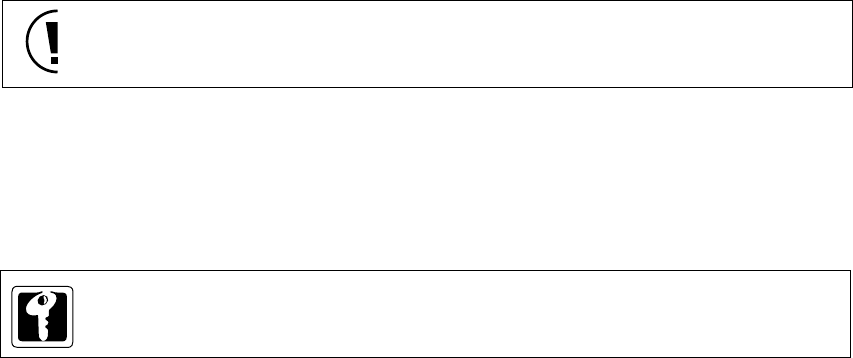
Chapter 9 Watchdog Timer
IX - 4
Operation
9-3 Operation
9-3-1 Operation
The watchdog timer counts system clock (fs) as a clock source. If the watchdog timer is overflowes, the
watchdog interrupt (WDIRQ) is generated as an non maskable interrupt (NMI). At reset, the watchdog
timer is stopped, but once the operation is enabled, it cannot be stopped except at reset. The watchdog
timer control register (WDCTR) sets when the watchdog timer is released or how long the time-out
period should be.
This watchdog timer can detect such that the watchdog timer clear is repeated in short cycle. If the
watchdog timer clear is repeated in shorter cycle than the set time (the lowest value of watchdog timer
clear possible), it is regarded as an error and the watchdog interrupt (WDIRQ) is generated.
If the watchdog interrupt (WDIRQ) is generated twice consecutively, it is regarded to be an indication that
the software cannot execute in the intended sequence; thus, a system reset is initiated by the hardware.
The watchdog timer cannot stop, once it starts operation.
(1) the watchdog timer overflows.
(2) the watchdog timer clear happens in the shorter cycle than the watchdog timer clear
possible lowest value, set in the watchdog timer control register (WDCTR).
When the watchdog timer detects any error, the watchdog interrupt (WDIRQ) is generated as a non
maskable interrupt (NMI).
Programming of the watchdog timer is generally done in the last step of its programming.
Usage of Watchdog Timer
When the watchdog timer is used, constant clear in program is needed to prevent an overflow of the
watchdog timer. As a result of the software failure, the software cannot execute in the intended se-
quence, thus the watchdog timer overflows and error is detected.
How to Detect Incorrect Code Execution
The watchdog timer is executed to be cleared in the certain cycle on the correct code execution. On this
LSI, the watchdog timer detects errors when,


















